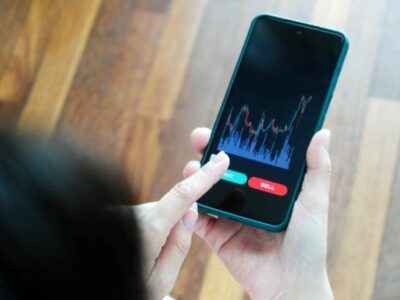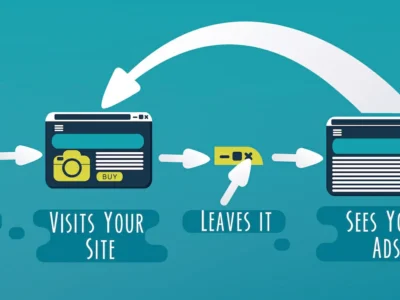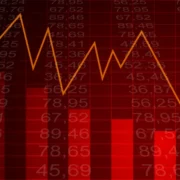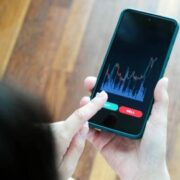A demat account is an electronic account used to hold shares, bonds, mutual funds, and other securities. Checking your demat account balance is an essential part of managing your investments. Here are the steps you can follow to check your demat account balance:
Step 1: Log in to your Demat account
The first step to checking your demat account balance is to log into your account. You can do this by visiting the website of your depository participant (DP), which is the bank or broker with whom you have opened your demat account. Enter your username and password to log into your account.
Step 2: View your holdings
Once you are logged into your demat account, you can view your holdings. Your holdings will show you the securities you have in your demat account, such as stocks, bonds, and mutual funds. You can view your holdings by clicking on the “Holdings” or “Portfolio” tab on your account dashboard.
Step 3: Check the quantity and value of your holdings
After viewing your holdings, you can check the quantity and value of the securities in your demat account. The quantity will show you the number of shares or units of each security you hold, while the value will show you the current market value of each security.
Step 4: Check your account balance
To check your demat account balance, you need to add up the value of all the securities you hold in your account. You can do this by adding up the market value of each security in your portfolio. The total value of your holdings will give you an idea of your demat account balance.
Step 5: View the transaction history
You can also view your transaction history to see the details of all the transactions you have made in your demat account. This will show you the securities you have bought and sold, the transaction date, and the transaction value. You can view your transaction history by clicking on the “Transaction History” or “Transaction Details” tab on your account dashboard.
Step 6 – Check the charges
Demat accounts come with various charges and fees that investors need to be aware of. These charges include account opening charges, annual maintenance charges, transaction charges, custodian charges, and other additional charges. The charges and fees associated with demat accounts can vary widely between banks and brokers. It is imperative to research and compare the charges and fees of different banks and brokers to find the one that offers the highest value for your needs. It is also imperative to consider other factors such as customer service, trading platforms, and research and analysis tools when choosing a bank or broker for your demat account.
Wrapping up
In conclusion, checking your demat account balance is a vital part of managing your investments. You can check your demat account balance by logging in to your account, viewing your holdings, examining the quantity and value of your holdings, adding up the market value of all your securities, and viewing your transaction history.












Comments